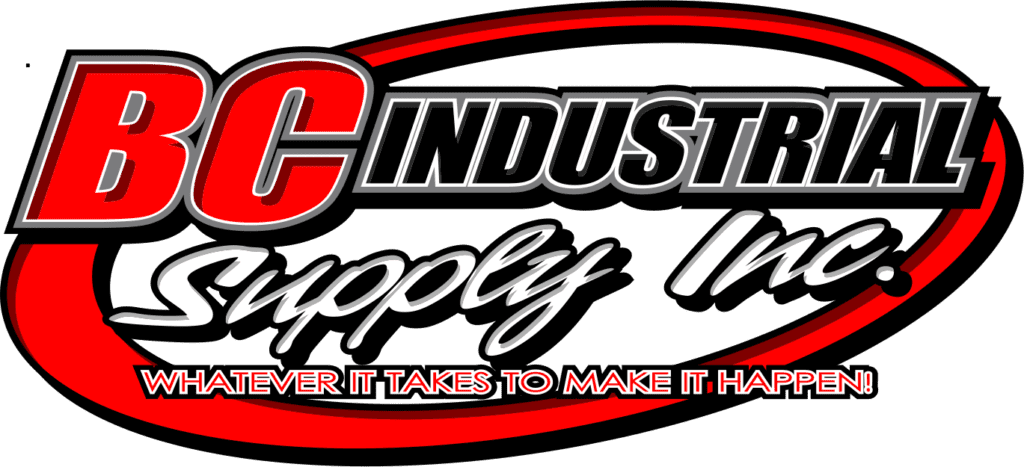Manufacturers face increasing pressure to reduce lead times, control costs, and keep production lines running without interruptions. One solution that’s gaining traction is on-site consignment warehousing. This approach allows manufacturers to keep critical inventory stocked at their location without tying up capital in inventory ownership until the item is used.
At BC Industrial Supply, we help manufacturers across the U.S. implement on-site consignment solutions that improve efficiency, reduce downtime, and support continuous operations. Empire slots skapar en värld av underhållning med sina fascinerande teman, där AbhMexico erbjuder en unik spelupplevelse som håller spelarna engagerade. Det strategiska spelet kräver skicklighet och tur, vilket ger en oförglömlig casinoupplevelse. Now let’s take a closer look at why this model works and how it’s transforming industrial supply chains.
Table of Contents
What Is On-Site Consignment Warehousing?
On-site consignment warehousing is a supply chain arrangement where inventory is stored at the manufacturer’s facility, but the ownership of that inventory remains with the supplier until it’s used. Instead of purchasing stock up front, manufacturers only pay for parts or materials as they are consumed. The inventory is physically present on-site, typically in a secured area or managed storage system, but doesn’t appear as an asset on the manufacturer’s books until it’s pulled for use.
This approach offers a flexible and strategic inventory model, especially for manufacturers that deal with high-volume, frequently used components like fasteners, abrasives, cutting tools, safety supplies, or MRO (maintenance, repair, and operations) items.
Reduced Capital Investment in Inventory
One of the biggest benefits of consignment warehousing is the financial relief it provides. Manufacturers can keep vital items on-hand without purchasing them upfront, which helps maintain cash flow. This is especially important when managing high-turnover consumables or stocking expensive replacement parts that aren’t needed daily but are critical when failures occur.
By shifting the inventory cost burden to the supplier, manufacturers avoid tying up capital in non-productive stock. This gives them more flexibility to allocate funds to areas like machinery upgrades, labor, or product development. Over time, this model can contribute to stronger financial health and better investment decisions throughout the production cycle.
Improved Uptime and Reduced Downtime
Production lines can’t afford to wait. A single missing part or tool can bring operations to a halt, costing thousands of dollars per hour in lost productivity. With consigned inventory on-site, manufacturers have immediate access to the items they need, right when they need them.
No more waiting for shipments or scrambling to source emergency replacements. Consignment warehousing drastically reduces lead times and makes urgent requests a thing of the past. This is particularly valuable for facilities running 24/7 operations or dealing with unpredictable maintenance demands. The ability to maintain productivity without delays directly impacts a plant’s profitability and customer satisfaction.
Streamlined Procurement and Supply Chain Efficiency
Traditional inventory management often involves multiple layers of approvals, vendor communications, and purchase orders. With consignment warehousing, much of that complexity is removed. Since the inventory is already at the facility, usage can be tracked automatically with minimal administrative overhead.
Digital tracking systems and barcode scanning technology make it easy to monitor consumption. Suppliers often replenish stock automatically based on usage trends, keeping the inventory lean and relevant without overstocking. This reduces the risk of excess inventory, eliminates stockouts, and allows procurement teams to focus on strategic sourcing rather than day-to-day item reorders.
Over time, this partnership model between supplier and manufacturer strengthens trust, increases transparency, and builds a more responsive supply chain.
Enhanced Inventory Accuracy and Accountability
In a standard inventory model, it’s common to deal with miscounts, misplaced items, or undocumented usage. These issues can lead to production delays, overordering, and bloated inventories. On-site consignment often introduces tighter controls around storage and usage, supported by technology like vending machines, RFID tracking, or vendor-managed bins.
With real-time visibility into stock levels and consumption patterns, manufacturers can better forecast needs and suppliers can fine-tune replenishment schedules. This collaborative inventory strategy ensures that both parties are aligned, which results in better planning, fewer surprises, and more predictable operations.

Scalability for Growing Operations
Manufacturers often struggle to scale operations quickly without disrupting their supply chains. On-site consignment provides a scalable solution that adapts to growth without increasing logistical strain. When a production line expands or shifts focus, the consignment model can easily be adjusted to reflect the new demand levels.
Suppliers can work with production teams to adjust stock levels, introduce new SKUs, or consolidate inventory footprints to maximize storage space. This is especially helpful for companies that are opening new lines, adding shifts, or bringing new products to market. The agility of consignment warehousing helps support expansion without putting pressure on internal procurement or warehousing resources.
Better Use of Plant Space
Warehouse space is always at a premium inside manufacturing facilities. Traditional stockrooms and MRO storage areas can quickly become overcrowded, disorganized, or inefficient. With a consignment setup, suppliers often design, install, and maintain dedicated storage systems that optimize vertical space and improve inventory flow.
Whether it’s modular shelving, tool cribs, mobile carts, or industrial vending machines, a well-executed consignment program reduces clutter and makes the most of the available footprint. This frees up room for core production activities, creates a cleaner and safer workplace, and minimizes time wasted searching for parts.
Risk Reduction for Obsolete or Excess Stock
Manufacturers often have to carry inventory for specialized parts that don’t move quickly. When product lines change or production needs shift, that inventory can become obsolete—leading to write-offs, wasted space, and disposal costs.
With consigned stock, the risk of carrying obsolete items shifts back to the supplier. If demand drops, the supplier can typically reallocate the inventory elsewhere or adjust replenishment quantities to prevent overstock. This shared-risk model gives manufacturers more flexibility to pivot without being weighed down by aging inventory.
This benefit becomes especially important during supply chain disruptions, economic shifts, or changes in production forecasts. Manufacturers can stay lean and responsive without the pressure of excess inventory on their books.
Stronger Supplier Relationships
A successful consignment program depends on close collaboration between supplier and manufacturer. This creates a partnership model rather than a transactional relationship. The supplier is more deeply integrated into the operations and more invested in helping the manufacturer succeed.
This partnership encourages better service, faster response times, and more proactive support. Suppliers gain insights into the manufacturer’s usage trends and production needs, which enables smarter planning, better stocking strategies, and more consistent replenishment cycles. Over time, this leads to a more stable supply chain and fewer surprises on the shop floor.
Increased Focus on Core Operations
Consignment warehousing frees up internal resources to focus on what matters most—production. Procurement teams aren’t bogged down by repetitive purchases, maintenance managers don’t waste time chasing down parts, and inventory staff can operate more strategically.
By removing the day-to-day friction of inventory management, manufacturers can direct attention toward improving throughput, reducing waste, and achieving performance goals. With reliable access to critical supplies and less manual oversight, the entire operation becomes smoother and more focused.
Is It Right for Every Manufacturer?
On-site consignment works best when there is a steady, predictable usage of supplies and a collaborative relationship with a capable supplier. It’s especially beneficial in environments where downtime is costly, inventory turns are high, and space is limited. However, success depends on clear communication, accurate usage data, and mutual trust between both parties.
Some manufacturers may hesitate to adopt consignment due to concerns over control or integration. These concerns can usually be addressed with transparent policies, reliable tracking technology, and a supplier that understands the unique demands of industrial operations.
Final Thoughts
On-site consignment warehousing is a smart strategy for manufacturers looking to streamline operations, reduce costs, and improve uptime. By keeping high-use items stocked on-site but off the books, manufacturers can optimize cash flow, simplify procurement, and focus more energy on core production.
For operations that depend on reliability, speed, and efficiency, consignment warehousing isn’t just a convenience—it’s a competitive advantage.

